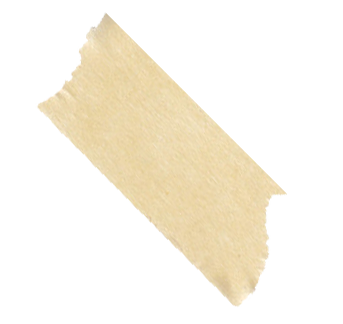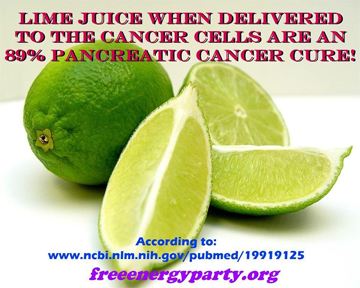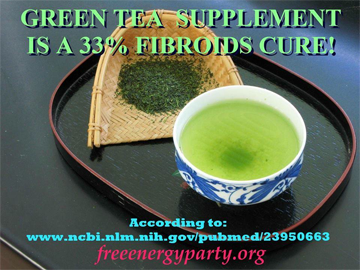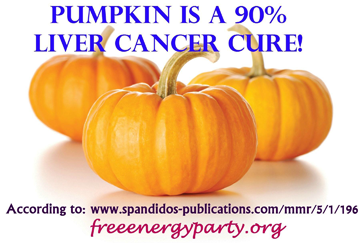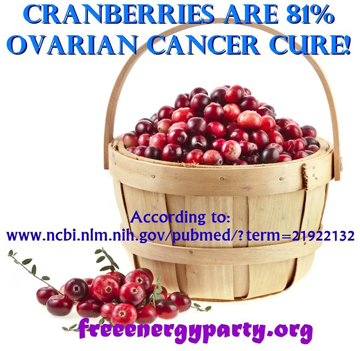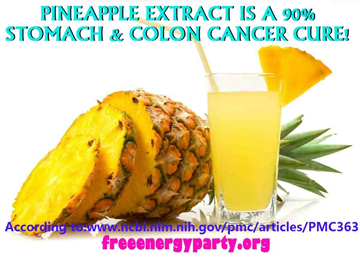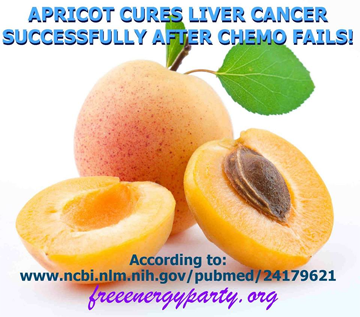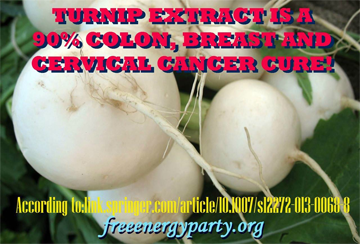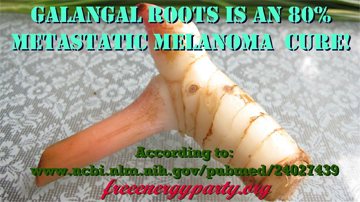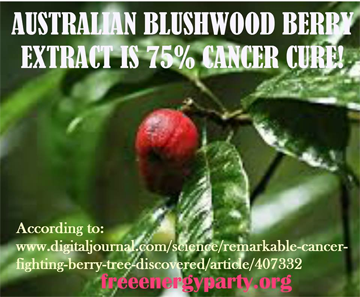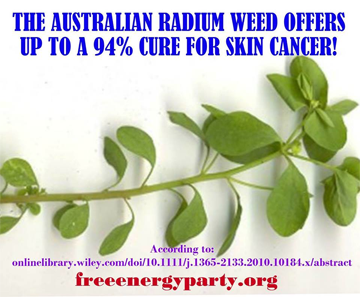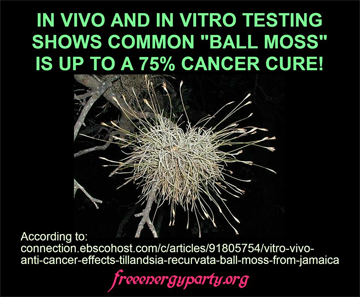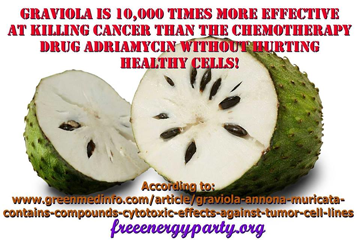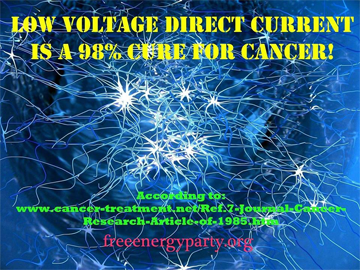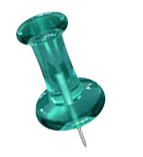Interested in learning more?
LIME JUICE INHIBITS 89% OF PANCREATIC CANCER CELLS IN VITRO!
In this lab study, four different extracts of Mexican lime juice (citrus aurantifolia) were all found to potently inhibit the growth of human #pancreatic #cancer cells (Panc-28) in vitro, up to 89% after 72 hours of treatment. This was due in part to direct killing of the cancer cells via programmed cell death (apoptosis). The lime juice also showed powerful free-radical scavenging activity. Several key compounds were identified in the #lime juice, such as rutin, neohesperidin, hesperidin and hesperitin as well as several limonoids. In real studies on humans, citrus fruits have often been shown to impart significant risk reductions for pancreatic cancer but limes are not consumed enough to be categorized alone. One recent study showed that those consuming 2-3 servings daily of citrus / melon / berries had a 30% reduced risk for pancreatic cancer, while those drinking 200-300 grams of orange or grapefruit juice had an astounding 48% reduced risk of pancreatic cancer (that's just a normal drinking cup worth!).
GREEN TEA SUPPLEMENT SHRINKS FIBROIDS BY 33%!
In this new placebo-controlled, double-blind clinical trial on 39 women aged 18-50 years, women receiving a green tea supplement saw their uterine fibroids shrink by 33% in just four months while those in the placebo group saw their #fibroids actually grow by 24% over the same time. Women in the green tea group also had reduced blood loss, saw their anaemia improve significantly, and had their quality of life / symptom severity improve "dramatically" according to researchers. Fibroids affect up to 75% of all women at some point in their lives and can significantly decrease #fertility and increase miscarriage risk as well as directly cause pain and iron-deficiency #anemia. Fortunately, the dose used in this trial (800 mg green tea powder with 45% EGCG, or 360 mg EGCG daily) is already available in green tea supplements on the market today.
How to make your body a petri dish for proven herbal cures? There are many ways to saturate a cancer with a proven herbal cure, or poultice of multiple cure. 1. iontophoresis 2. transdermal DSMO delivery 3. liposomal delivery by ingestion 4.suppository with DSMO and liposomal delivery 5.intravascular drip 6. intravascular push 7. cavity that holds the organs in the body to inject 8. intratumor injection.
PUMPKIN KILLS >90% OF LIVER CANCER
CELLS & INCREASES SURVIVAL!
Cucurmosin, a natural extract of pumpkin, was shown to kill >90% of human liver cancer cells (HepG2) after 96 hours in vitro via induction of programmed cell death (apoptosis). More remarkable were the in vivo results: mice fed cucurmosin had 78.4% less tumors than untreated mice, and their survival was prolonged by 35.7%. Note that this extract was taken from the pumpkin flesh (sacrocarp) and not the seeds, so it will be found in pumpkin pie, pumpkin cake, bars, soup etc. Pumpkin is a very rich source of potassium, beta- and alpha- carotenes, lutein and xeazanthin. Its extracts have already shown potent activity against breast cancer, prostate cancer, melanoma, and pancreatic cancer.
RANBERRIES KILL 81% OF OVARIAN
CANCER CELLS & HALT GROWTH!
An extract of cranberries rich in natural proanthocyanidins was shown to kill over 81% of human ovarian cancer cells (SKOV-3) outright and inhibit their proliferation by over 92% in vitro after 24 hours of treatment. The natural extract did this by increasing oxidative stress in the cancer cells, activating multiple signals leading to programmed cell death (apoptosis) and de-activating the cancer cells' important survival factor AKT (also known as protein kinase B). The researchers stated that these findings suggest that this #cranberry extract could be further developed to treat ovarian cancer as combination treatment or alone as a single agent. Apart from their well-known ability to help with bladder infections, cranberries have already shown potent anti-cancer activity against prostate #cancer, neuroblastoma, lung cancer, oral cancer, lymphoma, colon cancer and breast cancer in lab studies. This #Thanksgiving, go long on the cranberry sauce for your turkey, and consider dried (and unsweetened) cranberries all year long as a healthy snack alone or baked into your favourite healthy treats.
JUJUBE (RED DATE) INHIBITS >95% OF
BREAST CANCER CELLS IN VITRO!
An extract of Ziziphus jujube (red dates) was shown to inhibit the proliferation SKBR3 (ER-) breast cancer cells by over 95% in vitro, and for MCF-7 cells (ER+) by over 80% after 72 hours of treatment. The natural extract was also shown to increase the rate of programmed cell death (apoptosis) in the cancer cells by ca. 600% - 760% after 56 hours of treatment but remarkably did not affect viability of healthy, non-cancerous breast cancer cells. In fact the extract which was so cytotoxic to breast cancer cells showed potent antioxidant properties for normal cells. This is nothing new to the Chinese, who have used jujube in their traditional medicine for centuries. The good news is that we are slowly catching on: several official clinical trials (testing jujube with other herbs) against several diseases are now ongoing, including one for liver cancer in California.
PINEAPPLE EXTRACT KILLS >90% OF
STOMACH & COLON CANCER CELLS!
This new study tested bromelain, a natural extract from pineapples, against 2 types of stomach cancer cells and 2 types of chemo-resistant colon cancer cells. The bromelain killed 90%-95% of the stomach cancer cells, and 95%- 99% of the colon cancer cells. It is highly impressive that this natural extract was so effective at killing both types of colon cancer cells (HT29-5M21 and HT29-5F12) which were specifically selected because they are so resistant to standard chemo drugs. Researchers observed that the bromelain not only triggered programmed cell death along multiple pathways (caspase activation, PARP cleavage, overexpression of cytochrome C...) but also (and intriguingly) impaired key processes required for the cancer cells' survival, such as blocking the Akt pathway and downregulating Bcl2 / MUC1 oncoproteins.
MULTIVITAMINS CUT BREAST CANCER
DEATH RISK BY 30%!
A new study out of the US on over 161,000 women has shown that those who were consistently taking multivitamins at the time of their breast cancer diagnosis were 30% less likely to die of their cancer in the 7 years following diagnosis compared to women who did not use multivitamins. "Consistent use" meant that they were also taking their vitamins at least once weekly at the time of the "baseline" visit at the start of the study, which means they could have been taking the supplements for several years before their cancer diagnosis. Although a balanced, healthy diet with plenty of vegetables and fruit is always the preferred choice for optimal nutrition, this study shows a significant benefit can also be achieved with a simple multivitamin. Further details are in the link below.
TURNIP EXTRACT KILLS 90% OF COLON, BREAST & CERVICAL CANCER CELLS IN VITRO!
Researchers isolated three compounds from turnips (2 known diarylheptanoid compounds and the newly discovered brassicaphenanthrene A) and found that each compound showed potent inhibitory effects against colon cancer cells (HCT-116), breast cancer (MCF-7) and cervical cancer (HeLa) at quite low concentrations (15 - 35 microMolar). This research article is FREE full text, and on Figure 3 you can see that brassicaphenanthrene A was particularly toxic to every cancer cell line tested, killing over 90% of cancer cells at concentrations of 50 microMolar and above. Yes, even the lowly turnip is a surprising source of potent anti-cancer phytochemicals
APRICOT TREATS LIVER CANCER SUCCESSFULLY AFTER CHEMO FAILS!
In this incredible case study from Japan, a 60 year old woman with advanced liver cancer (HCC) saw her lung metastasis shrink by 95%, her lymph node metastasis shrink by 92% and her liver cancer marker (alpha fetoprotein - AFP) drop substantially after just three months of treatment with prunus mume, or Japanese #apricot, extract known as MK615. Incredibly, MK516 was given as a last resort after surgery, radiation (radiofrequency ablation) and chemotherapy (sorafenib) all completely failed to control the recurrence. The patient has survived 17 months after starting MK615 and is in good condition, without serious side effects from the natural extract. Japanese apricot has long been used in traditional Chinese medicine, and the MK516 extract has recently shown potent cytotoxicity to human pancreatic cancer, melanoma, colon and breast cancer cells. This study was published in the World Journal of Hepatology, a peer-reviewed medical journal.
GALANGAL ROOT KILLS 80% OF METASTATIC MELANOMA CELLS IN VITRO!
Two extracts made from galangal root (Alpinia galangal) reduced the viability of human metastatic #melanoma cells (A2058) by up to 80% after 24 hours of treatment. Each extract tested one of two key compounds in #galangal root: BHPHTO and BDMC. Galangal is a member of the #ginger family, but has a whiter flesh and skin than ginger and a somewhat more pungent aroma. It was originally native to Southeast Asia but now is cultivated in India, Thailand, Malaysia, Indonesia and China where it is commonly used as a herb in cooking (especially in Thai soups and curries) and is also mixed with lime juice to make a tonic (in Southeast Asia). Galangal has already shown potent anti-inflammatory and antioxidant properties and in other lab studies has shown activity against lung cancer, breast cancer, colon cancer and leukemia.
The herb astragalus has been found in peer reviewed studies to double survival rates of cancer patients undergoing radiation therapy. Every researcher should be studying this herb for its cancer-fighting properties, but the problem is that those in the medical field wouldn’t be able to write a pharmaceutical prescription for an ancient herb that has been boosting immunity for over 2,000 years. Though that doesn’t mean you can’t still take it, and if you have undergone radiation to try to overcome cancer, you’ll want to.
Radiation ‘therapy,’ as it has been called, is arguably highly toxic and does little to actually treat cancer since it also kills healthy cells But for those desperate to overcome a possibly fatal disease, it can be an appealing option, especially since the American Medical Association and the American Cancer Society promote radiation and chemotherapy heavily.
For those who will or have undergone radiation treatment, the Chinese herb astragalus (Astragalus membranaceus) may prove to be a life saver.
Scientists have discovered that a berry found only in Far North Queensland has previously unknown cancer-fighting properties.
The berry was discovered by Dr Glen Boyle, from the QIMR Berghofer medical research institute in Brisbane.The berry grows on the blushwood tree; this tree only grows in pockets of Far North Queensland, Australia. The initial lead came from discovery that native marsupials found the berry unpalatable due to an inflammatory chemical present. This got Dr Boyle thinking that the inflammatory chemical could act on tumors.
For the past eight years, according to ABC News, Dr. Boyle has been experimenting with the berries. The results of his endeavors suggest that the berry is effective against skin cancer and tumors of the head and the neck.
From an analysis of the chemicals inside the berry, an experimental drug has been developed.
The sap from Euphorbia peplus, commonly known as petty spurge in the U.K. or radium weed in Australia, has been used as a traditional treatment for a number of cancers.
Objective To determine the effectiveness of E. peplus sap in a phase I/II clinical study for the topical treatment of basal cell carcinomas (BCC), squamous cell carcinomas (SCC) and intraepidermal carcinomas (IEC).
Methods Thirty-six patients, who had refused, failed or were unsuitable for conventional treatment, were enrolled in a phase I/II clinical study. A total of 48 skin cancer lesions were treated topically with 100–300 μL of E. peplus sap once daily for 3 days.
Results The complete clinical response rates at 1 month were 82% (n = 28) for BCC, 94% (n = 16) for IEC and 75% (n = 4) for SCC. After a mean follow-up of 15 months these rates were 57%, 75% and 50%, respectively.
Tillandsia recurvata, also commonly known as Ball Moss, is endemic to Jamaica and some parts of the Caribbean and South America. The plant, despite being reported to be used in folk medicine, had not previously been evaluated for its anti-cancer potential. The aim of this study was to evaluate the anti-cancer activity of Ball Moss. Methods: The anti-proliferation activity of the crude methanolic extract of the T recurvata was evaluated in vitro in five different histogenic cancer cell lines (prostate cancer - PC-3, breast cancer, Kaposi sarcoma, B-16 melanoma and a B-cell lymphoma from a transgenic mouse strain) using the trypan blue assay. The crude extract was also evaluated in vivo in tumour-bearing mice. Immunohistochemistry staining with Apoptag was used for histology and determination of apoptosis. Results: The crude methanolic extract of T recurvata demonstrated anti-proliferation activity against all the cell lines, killing > 50% of the cells at a concentration of 2.5 μg/ml. Kaposi sarcoma xenograft tumours were inhibited by up to 75% compared to control in the in vivo study...
Bioactivity-directed fractionation of the seeds of Annona muricata L. (Annonaceae) resulted in the isolation of five new compounds: cis-annonacin (1), cis-annonacin-10-one (2), cis-goniothalamicin (3), arianacin (4), and javoricin (5). Three of these (1-3) are among the first cis mono-tetrahydrofuran ring acetogenins to be reported. NMR analyses of published model synthetic compounds, prepared cyclized formal acetals, and prepared Mosher ester derivatives permitted the determinations of absolute stereochemistries. Bioassays of the pure compounds, in the brine shrimp test, for the inhibition of crown gall tumors, and in a panel of human solid tumor cell lines for cytotoxicity, evaluated relative potencies. Compound 1 was selectively cytotoxic to colon adenocarcinoma cells (HT-29) in which it was 10,000 times the potency of adriamycin.
LOW VOLTAGE DIRECT CURRENT IS A 98% CURE FOR CANCER!


